Major adjustments! The human genome writing plan turns to manufacturing "super cells", "anti-virus humans" are expected to be born
Author: Yan Jingzhou Date: 2018-05-23
Recently, the "Glyph Writing Program" (GP-write), which has received much attention since its birth, announced a major adjustment: the focus of the project will be to synthesize all human genome base pairs to re-encode the genome to create cells that are immune to viral infections.
GP-write was launched on June 2, 2016, when the project sponsors announced that they would raise $100 million to design and combine all human genomes from scratch in the lab, which is expected to last 10 years. The study is also thought to be that humans are moving closer to the “creatorâ€, sparking strong doubts and concerns about labmade humans. With the difficult start of the plan, the initial idea has gradually been shelved.
Not long ago, the GP-write scientific work conference was held in Boston. The GP-write leader announced that it will organize an international research cooperation team to jointly carry out a “re-coding plan†to change the cellular genetic structure and resist viral infection.
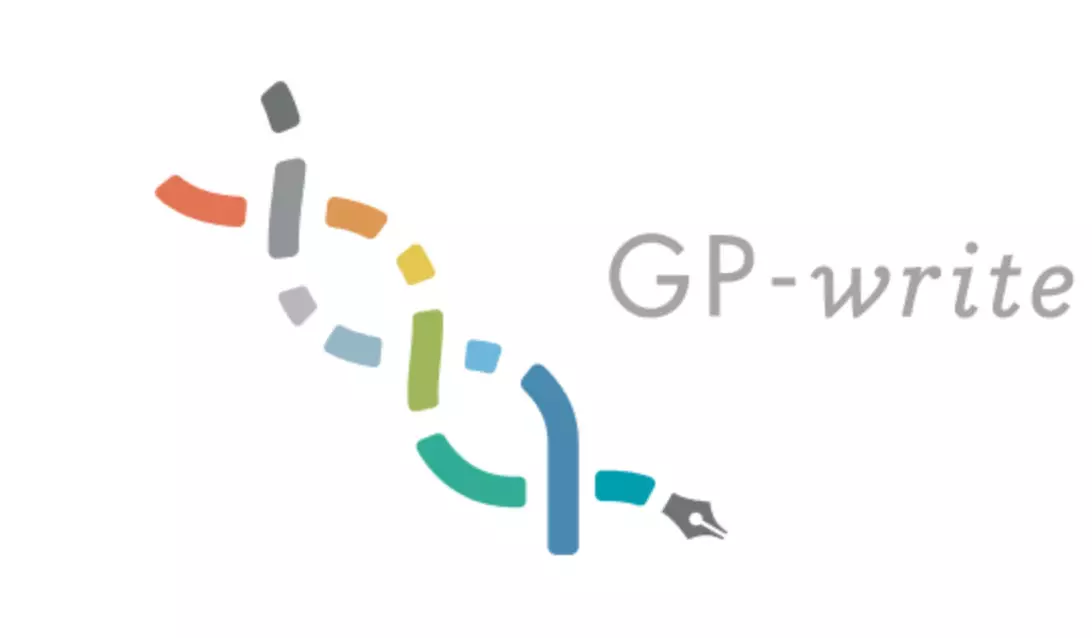
Jef Boeke, a geneticist at the Langone Medical Center at New York University in New York City, said the newly released project is more specific, designed to redesign cells from humans and other species to make them "extremely secure" and at the same time represent "through the GP- Write always topic".
He will also lead the project with Harvard University's leading genetics scientist George Church, New York City's Nancy J Kelley + Associates law firm Nancy Kelley, and San Francisco software company Autodesk Research's Andrew Hessel.
So, does this mean that anti-viral humans are about to emerge? According to George Church, this possibility exists. As a leader in the GP-Write project, he has said that re-encoding humans will be the "peak" of synthetic biology.
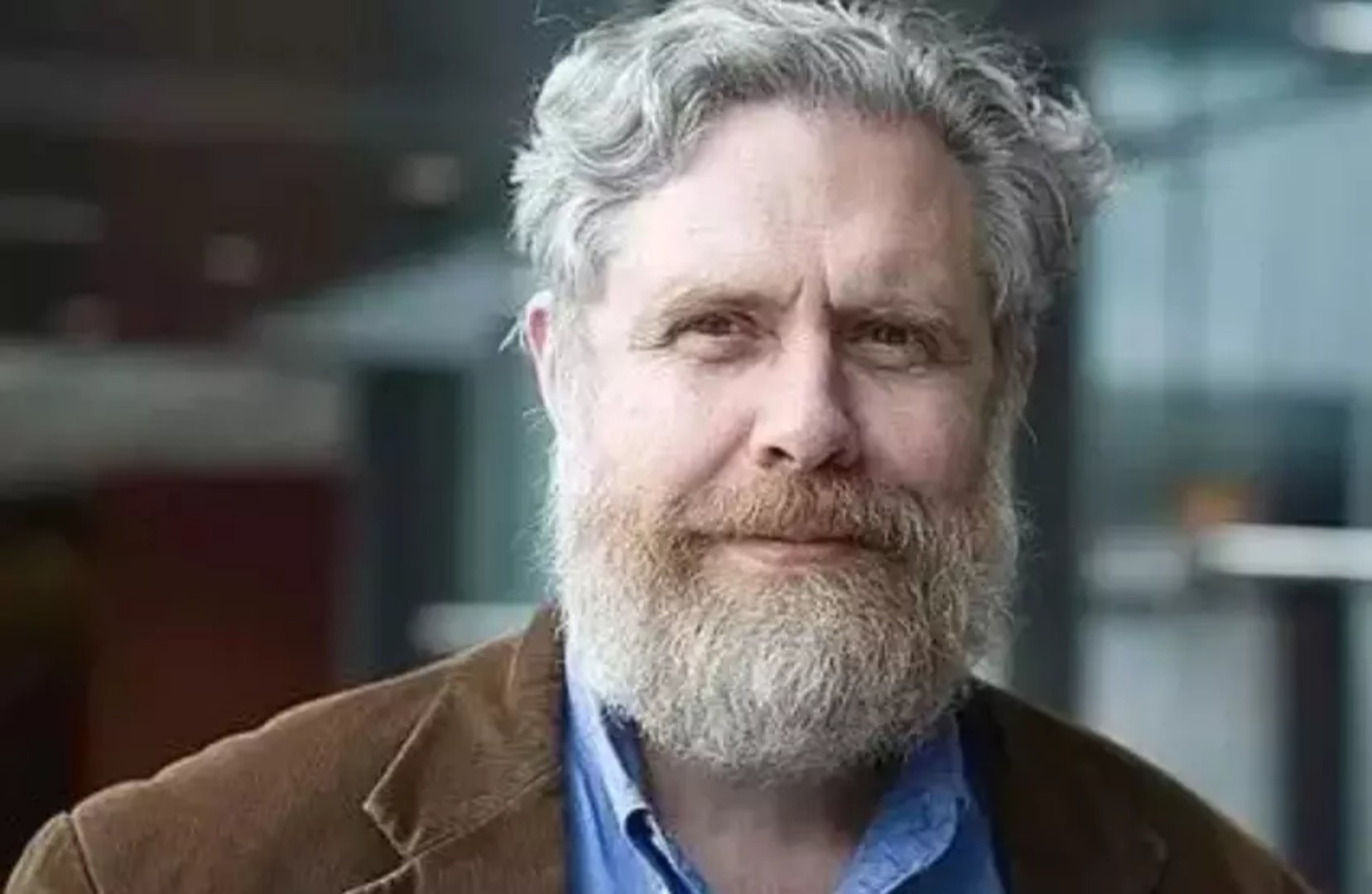
Figure George Church
Currently, GP-write and its governing body, the Center of Excellence, do not fund new programs. Kelley said, "We are planning to seek the help of foundations, charitable investors or government funders."
However, once the new project is able to “build extremely safe cells†like the recently completed synthetic yeast genome project, and cooperate with other synthetic biology laboratories around the world, the project can also obtain real benefits, sources of income. One of them includes major pharmaceutical companies. This is because once a cell used to produce a pharmaceutical protein is infected with a virus, the drug plant is sometimes forced to stop production. Drug-resistant cell lines are safer and more effective, and the testing requirements for pharmaceutical plants are lower.
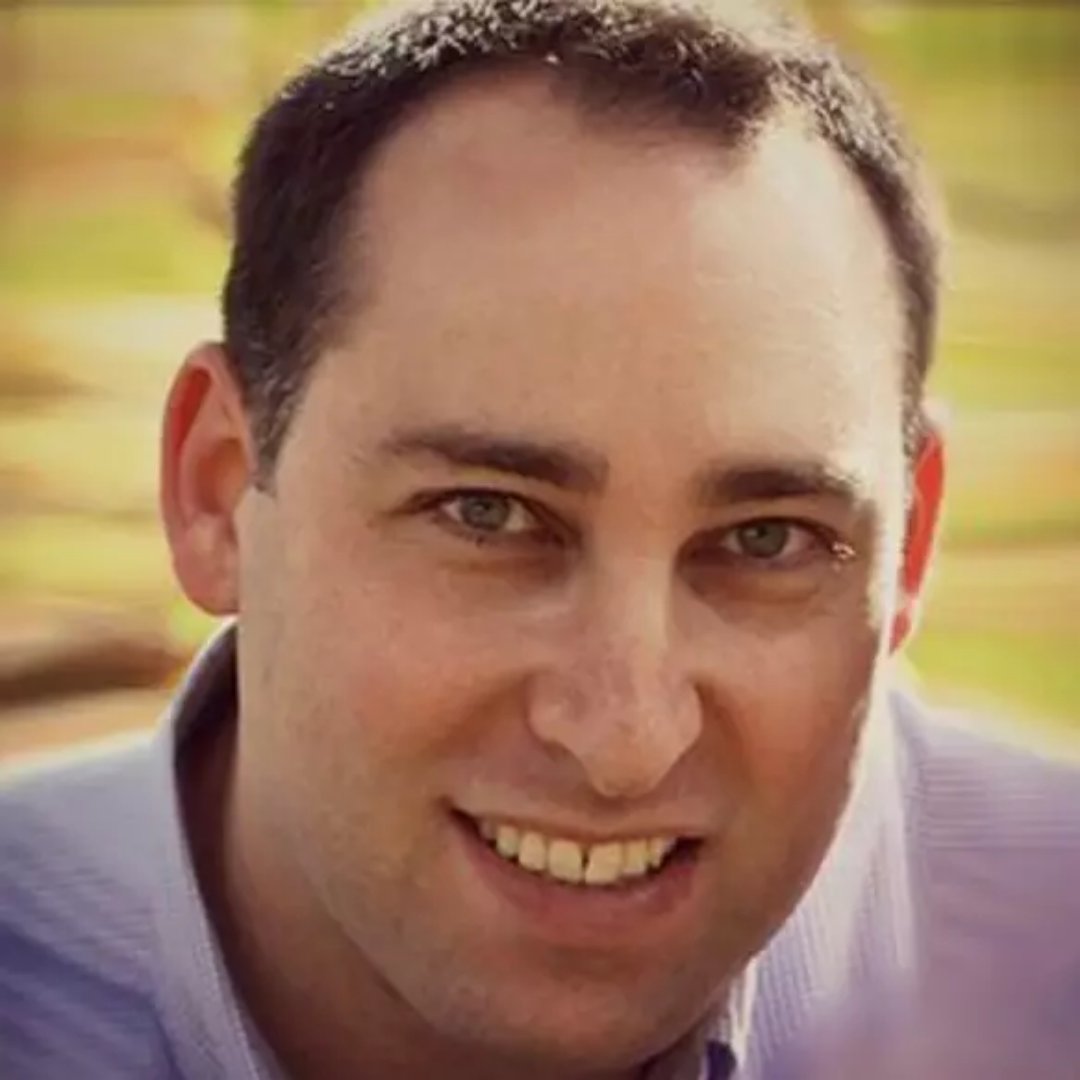
Figure Farren Isaacs
Farren Isaacs, a member of the GP-write Science Executive Committee and a bioengineer at Yale University, said that, more broadly, the project may help researchers go beyond the limitations of editing tools such as CRISPR, and is no longer limited to a few specific locations. The DNA is adjusted, but the genome is more extensively redesigned.
He envisions that the future direction is "by rewriting the genome ... giving the organism a whole new function", for example, having the ability to grow and develop only in a strictly controlled bioprotective laboratory environment. In addition to resisting viruses, GP-write organizers are considering developing other extremely safe cell features such as anti-cancer mutations, radiation resistance, and cold resistance.
Antiviral gene sequence
If a cell is to be protected from the virus, it needs to be "recoded" by changing the base sequence in the DNA sequence that is considered to be a "codon (an amino acid structural unit encoding a protein)".
Since multiple codons can represent the same amino acid, researchers can replace the extra codons without affecting the important functions of the cell. When a virus hijacks a cell and attempts to replicate it, it relies on a cellular machine that translates these codons into a protein to decode its genes. By completely eliminating certain codons, researchers can safely get rid of these cellular machines.
Torsten Waldminghaus, a chromosome biologist at Phillips University in Marlborough, Germany, says that re-encoded cells cannot decode and spread viruses because they are "essentially chickens and ducks." He did not participate in GP-write.
According to GP-write's latest statement, if human cells are to be virally resistant, they will change at least 400,000 genomes.
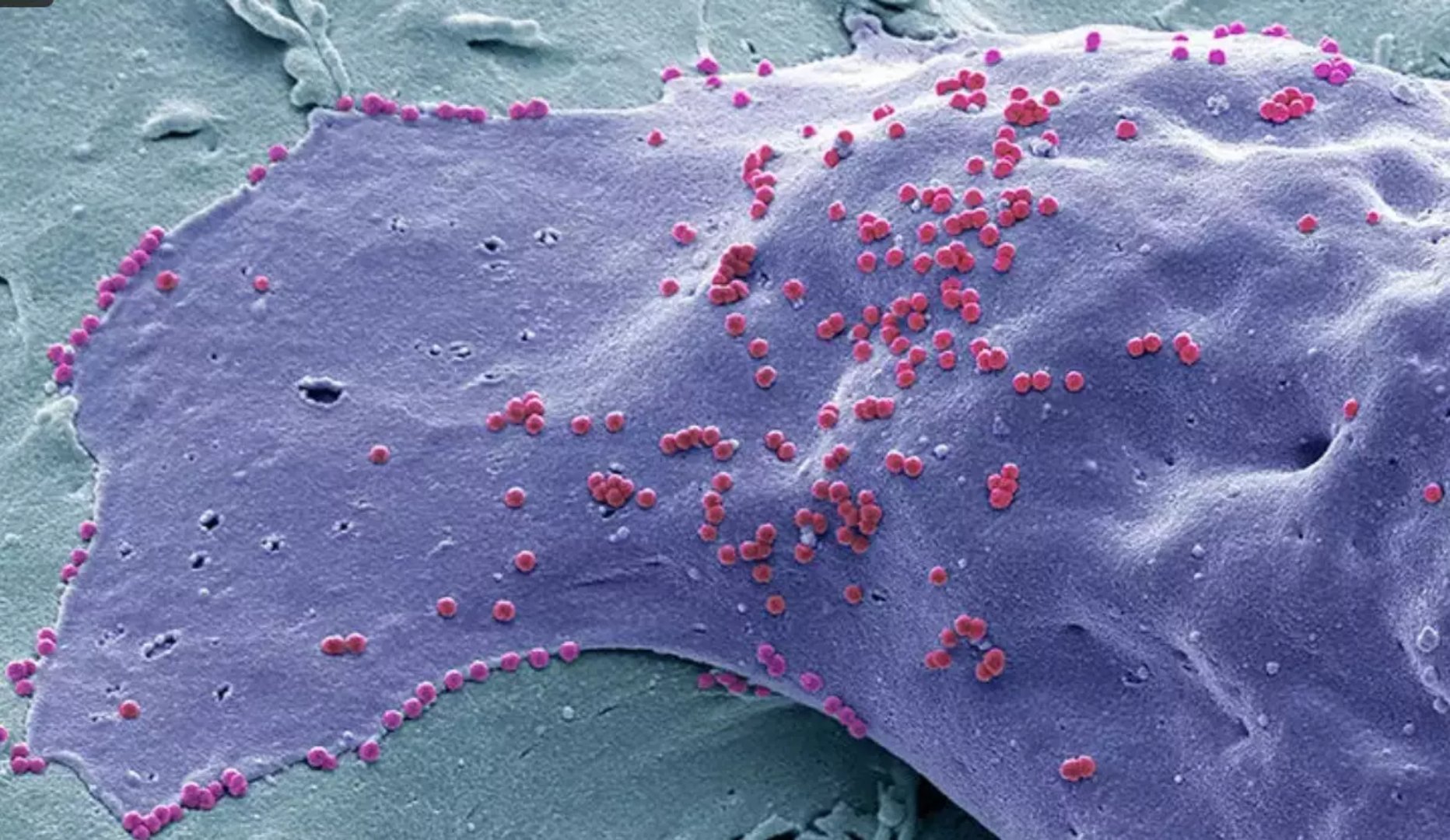
Tumor virus infects a cell line
According to Isaacs, depending on how the new genome is designed, the project may still rely heavily on gene editing, which is the exchange of bases at different locations on existing DNA sequences. But in order to replace the densely-filled codon with a part of the genome, and even insert a new genome in the future, researchers will have to design and deliver a wider range of laboratory-synthesized DNA.
The project may require lab technology from GP-write participants. In 2005, when Isaacs was a postdoctoral researcher at the Church lab, he began experimenting with re-encoding the bacterial E. coli genome. In a 2013 paper, Isaacs, Church, and colleagues used a single replacement of all 321 codons in E. coli to make them resistant to certain viruses. Both laboratory studies are now working to remove other E. coli codons.
When it comes to re-encoding the idea, Waldminghaus said: "It has achieved initial success in E. coli, I hope it is equally useful for human cells. Although this is not a surprising scientific 'new thing', I am still I think it is worthwhile to spend time on it."
The actual problem still exists
At present, we are not clear about the specific implementation details of the new project.
Boeke hopes to prioritize re-encoding the genomes of humans and mice. At the same time, he hopes to collect feedback and assess the interest of his potential partners. If this new project mimics the ongoing model of the Yeast Genome Project (ie Sc2.0), then the participating groups will be funded according to their share and assigned to their specific work by chromosome.
Boeke expects that they will face the challenges that are not in Sc2.0. He said that the yeast program "is relatively small and cooperative. I have to think that for this larger, more diverse team, it may not be that simple."
GP-write includes nearly 200 scientists and includes nine self-organized “working groups†that are responsible for the development of technology and the ethical, legal, and social impacts of the project. Since the GP-write conference last year, these groups have developed “statutes†and “plans†for their future work, which will be disclosed in the near future.
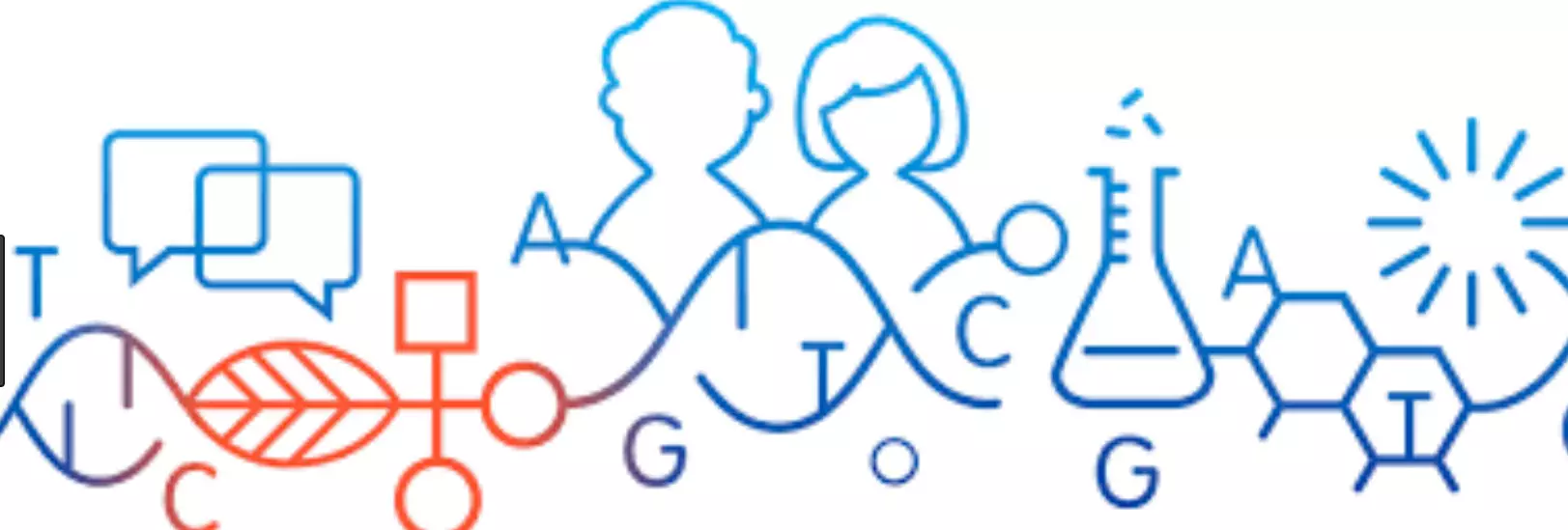
At the same time, intellectual property considerations may also complicate the project. Boeke said, "In terms of synthetic biology and synthetic genomics, a lot of IP (intellectual property) is just a mention. The benefits of human research are much higher than yeast research."
Isaacs noted that Harvard University, Yale University and Cambridge Massachusetts Institute of Technology all have patents related to genetic recoding. But looking at this GP-write that can stimulate various scientific breakthroughs in the future, there is only one intellectual property group responsible for discussing how the technology used in this project should go to the public.
Reference: http://
Source: DeepTech Deep Technology
Dna Sample Processing Instrument,Dna Extractor Clinical Analytical Scientific Instrument,Sample Processing System For Dna,Dna Automated Sample Processing System
Nanjing Superyears Gene Technology Co., Ltd. , https://www.superyearsglobal.com